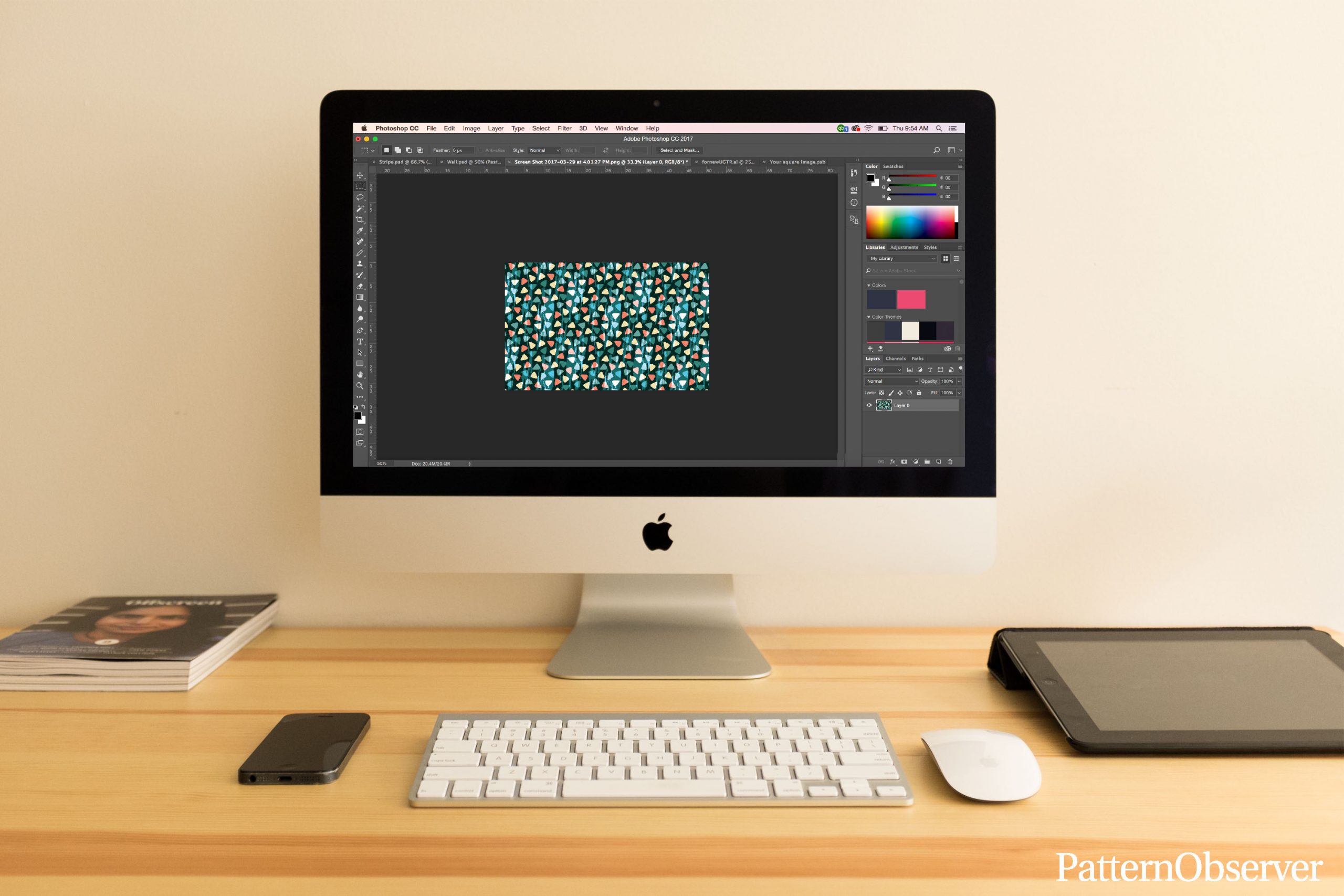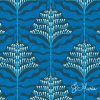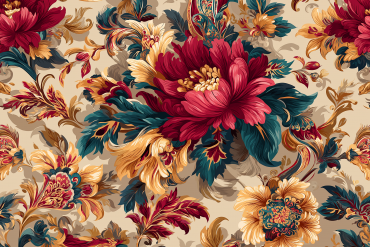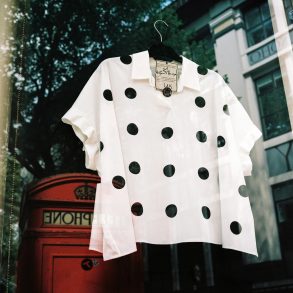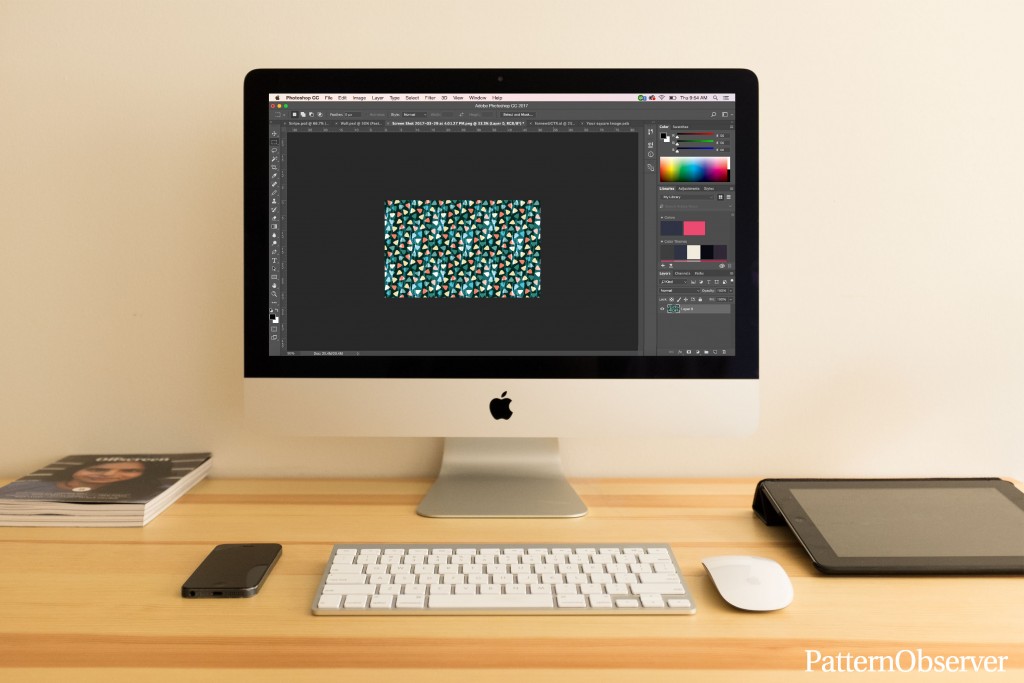
Over the years the industry has become more competitive, and along with that an increasing number of agents and studios are requiring that patterns be in a seamless repeat. Why? Each studio has their own reasons, but the most common reason is that it makes the artwork more marketable and offers more value to the consumer.
So why my dislike? It’s not that I’m opposed to this trend because I don’t want to offer value to my clients or because I am anti-repeat in anyway. However, I do appreciate efficiency, which means that I struggle to invest hours on a professional repeat only to have to start the entire process over again if:
- The client requests a scale change
- Factories are switched—which sometimes means a new screen size requirement
My Experience
In my work as an in-house designer I used to work with hundreds of patterns purchased from print studios around the globe. While most patterns were not purchased in repeat, a few were. I was always excited about the prospect of already having my work done for me. These dreams of quickly transferring the artwork to a colorway form and sending it off to the factory were delightful. And always quickly crushed by the reality of the industry.
Truly, the only constant is change. I would estimate that I had to update the repeat on about 99% of the patterns we purchased. Some reasons for this include:
- The product designer requested a scale change, which meant that I had to completely recreate the repeat so that it fit into the factory’s screen sizes
- The design needed to be changed to appeal to the sales, merchandising, or executive teams
- The original repeat was of poor quality and needed to be less obvious to avoid stripes or tiles on the final product
Having this perspective on the industry is why our Pattern Observer Studio patterns are not sold in repeat and why we never waste our clients time (aka budget) by investing time in putting a pattern into repeat, before the client has approved the initial artwork. It’s great for our clients, and definitely good for our sanity.
When Repeats Are Required
But for those of you who are currently being asked to put all your work in repeat or looking to apply for representation from an agent or studio that has this requirement, what should you do?
Basically, you need to learn how to create higher quality repeats in less time. If you try to save yourself time (and I don’t blame you) by creating quick repeats, you run the risk of losing out on sales and getting lackluster responses from agents, studios, and clients. None of us want that for you.
You’ve got to do repeats the right way, because if your agent or studio sells your work in repeat, your repeat must be as beautiful and as professional as your concept.
Time Saving Repeat Tips
Not sure where to start? Here are a few tips:
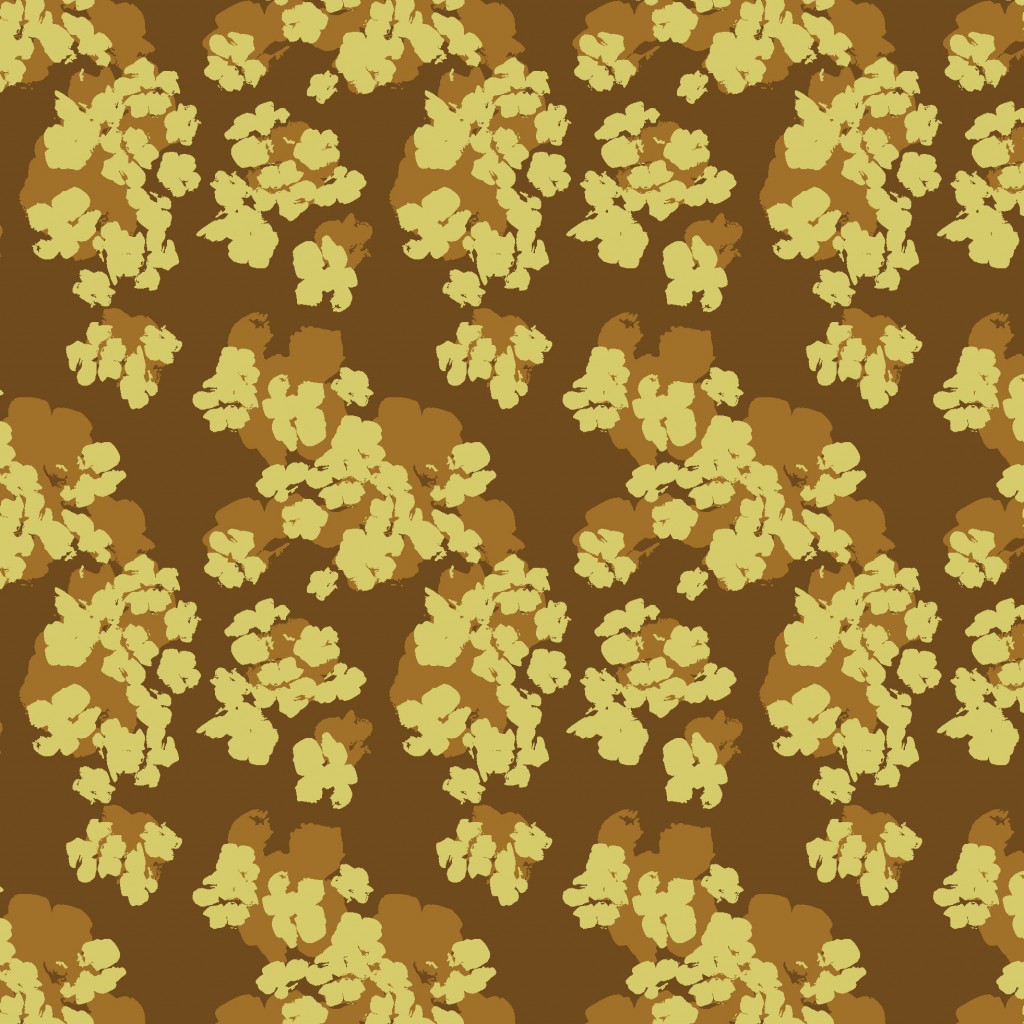
1. Get comfortable with half-drop repeats. Half-drop repeats are a great way to create a professional repeat that flows easily with no apparent “lines”. Adobe Illustrator’s Pattern Making Tool and Photoshop’s Offset Filter tool are both great options to start using this essential repeat style.
2. Try creating larger repeats. I know it seems counterintuitive, but sometimes I find it more time consuming to create smaller repeats than larger repeats. While smaller repeats require less motifs and layout development, it can often be difficult to disguise the repeat and get rid of unwanted lines and stripes. If you are struggling with a smaller repeat try creating more artwork and working with a larger repeat dimension.
3. Create a repeat mockup. Before spending hours of time painstakingly developing your repeat only to realize “d’oh! I should have created a half-drop repeat,” or, “oops! I should have used a larger repeat size,” create a quick repeat mockup. This is the best way to see what issues you may encounter within your repeat. Be on the lookout for possible lines, holes, or other balance issues that you may encounter.
Your journey to growing your business and increasing visibility starts by joining our Textile Design Lab community: a 12-month journey to begin earning money from your craft and increasing your brand visibility.

